Home > Car Care What’s the Average Discount Tire TPMS Sensor Replacement Cost?
This price range is based on national averages for all vehicles and does not factor in taxes, fees, or your particular make and model. Related repairs or maintenance, such as a TPMS control module replacement or TPMS reset may also be needed. For a more accurate estimate based on your make, model, and location, use the RepairPal Fair Price Estimator.
Replacing a tire pressure monitoring system (TPMS) sensor at Discount Tire typically takes from 30 minutes to four hours, depending on the vehicle and if other repairs are needed. RepairPal notes that TPMS sensors don’t need to be replaced very often unless you frequently drive on bumpy roads or potholes. Even if you drive on well-maintained roads and take good care of your tires, you’ll eventually need to replace the TPMS sensors because of normal wear and tear. To learn more about when to replace these and other routine maintenance items, check out our ultimate guide here.
We do not recommend replacing your vehicle’s TPMS sensor yourself. It requires removing the tire from your wheel, then mounting and balancing it afterward. In addition, it requires specialized equipment that only a mechanic or tire shop will have. While you may be able to configure the new sensor yourself, it costs very little to have a Discount Tire technician do this for you while they already have the tire off.
Keep in mind: A TPMS sensor is not a “one-size-fits-all” part. If you plan to buy replacement TPMS sensors yourself, be sure to choose the right parts for your vehicle. If you have any doubts, consult your owner’s manual.
If you have any doubts, consult your owner’s manual.
A TPMS sensor detects whether a tire’s pressure is too high or too low. Each wheel contains a sensor that communicates this information to the TPMS control module, which illuminates the TPMS warning light when a tire has an air pressure issue. Eventually, these sensors start to malfunction due to wear and tear. When a sensor starts to misread a tire’s air pressure, you or your mechanic should replace it.
If you suspect that there’s a problem with your vehicle’s TPMS sensor, bring it to Discount Tire where one of their expert technicians will run a diagnostic free of charge. If the technician finds that one or more sensor is faulty, they’ll remove the wheels from the vehicle, take the tires off the wheels, and switch out the faulty sensors for brand-new ones. Then they’ll put the wheels and tires back on the vehicle and reinflate the tires according to manufacturer specifications.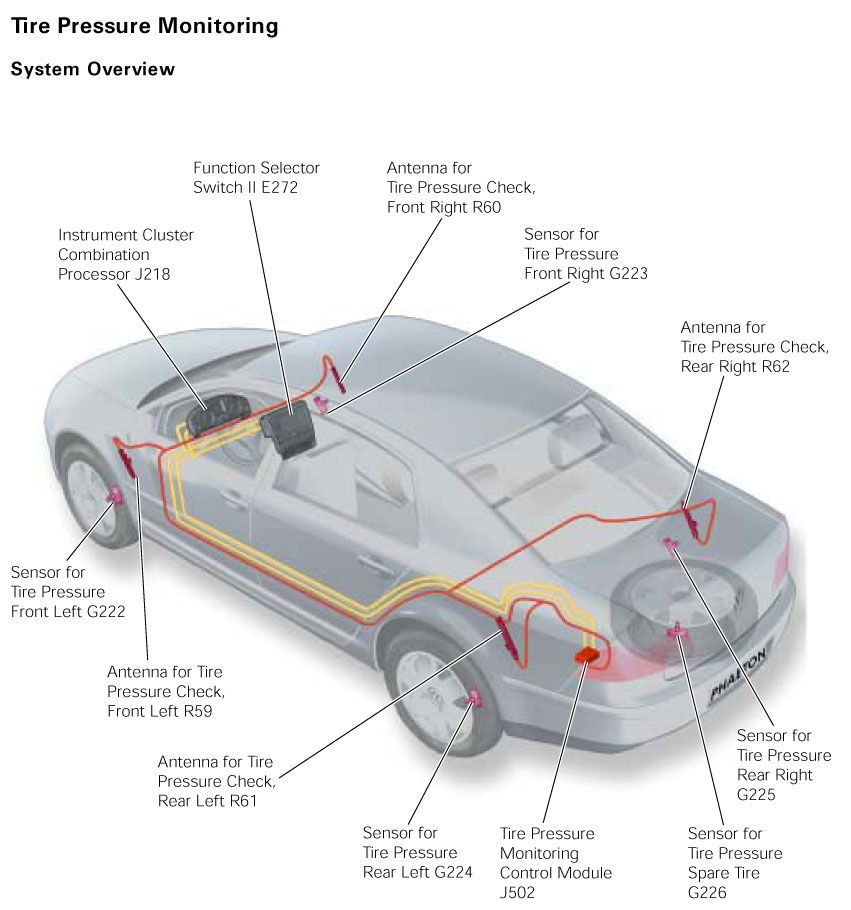
The Discount Tire technician will test the sensors by driving your vehicle a short distance to make sure the TPMS warning light shuts off. If the light doesn’t shut off, the technician will manually reset the sensors, which is basically introducing them to your vehicle’s TPMS control module. According to RepairPal, if the sensors need manual relearning, the process costs between $35 and $44 on average. Depending on additional work your vehicle needs, a Discount Tire TPMS sensor replacement can take up to four hours, but it typically only takes 30 minutes.
If you own a vehicle manufactured before 2007, it may not have a tire pressure monitoring system. If that’s the case, Discount Tire can retrofit your vehicle with this essential safety feature. Discount Tire also offers complimentary air pressure checks and recommends that you check your vehicle’s tire pressure once a month.
Your tire pressure monitoring system is designed to warn you when your tires are overinflated or underinflated.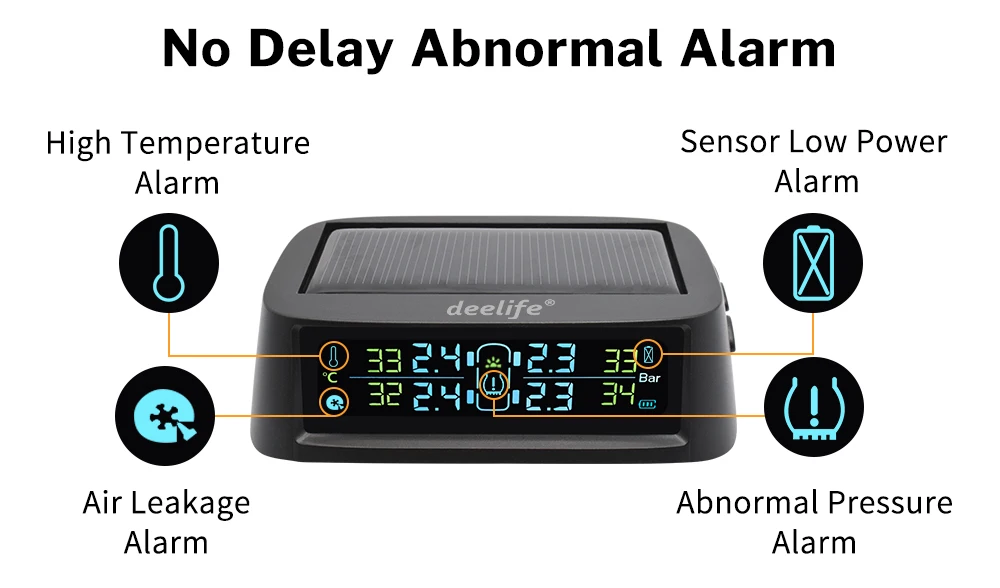 Driving on tires that aren’t correctly inflated can damage your vehicle and cause a dangerous blowout. Your vehicle consumes more fuel when the tires are underinflated. If your vehicle’s TPMS sensors are malfunctioning, you could experience a flat tire without any warning and end up paying more for repairs that would otherwise be unnecessary.
Driving on tires that aren’t correctly inflated can damage your vehicle and cause a dangerous blowout. Your vehicle consumes more fuel when the tires are underinflated. If your vehicle’s TPMS sensors are malfunctioning, you could experience a flat tire without any warning and end up paying more for repairs that would otherwise be unnecessary.
TPMS sensors typically last up to 10 years on newer vehicles and up to six years on older models. Sensors can wear out earlier if a vehicle frequently drives on roads that are in disrepair. Because TPMS sensors are located on the wheels, they’re often exposed to corrosive elements like road salt and moisture. Aerosol tire sealer can gum up the sensor, so if you ever need to use a sealer, make sure it’s marked “TPMS Safe.”
If you frequently drive on bumpy roads, wet roads, or snow-covered roads, you’ll want to have your sensors tested whenever you have your tires rotated. Be sure to check your owner’s manual for any manufacturer specifications.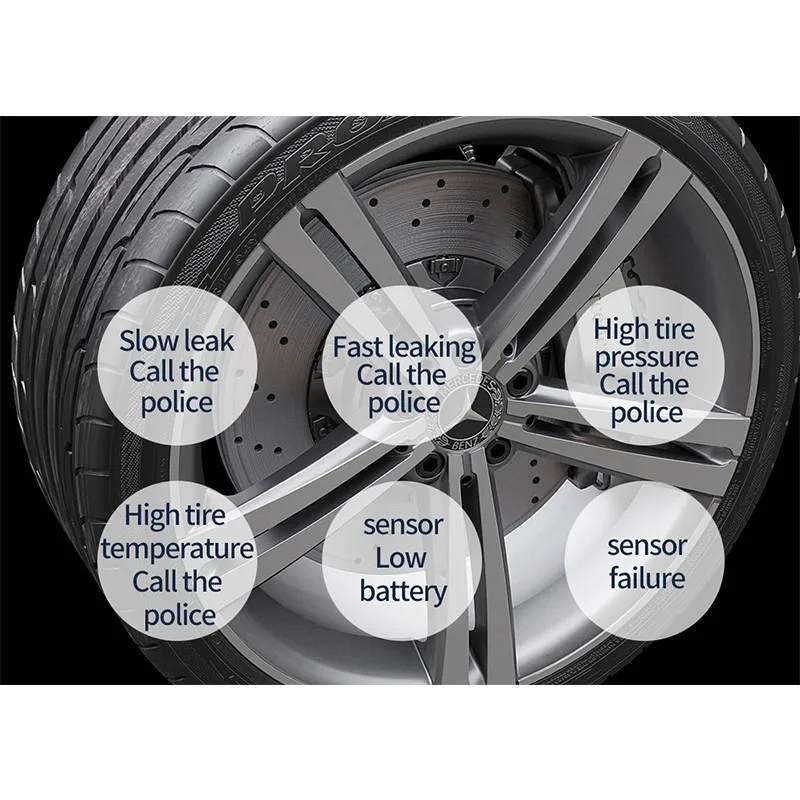
Some experts recommend that you get the TPMS sensors replaced whenever you purchase a new set of tires. That’s because, by the time your current tires need replacing, the sensors have experienced plenty of wear and tear. Getting new sensors can help ensure that they last for the life of your new tires.
The following services are commonly performed with a TPMS sensor replacement:
Get the FIXD Sensor and free app today for a custom maintenance schedule based on your make, model, and mileage. FIXD sends automated maintenance alerts right to your phone so you never forget oil changes, tire rotations, brake pad replacements, and more. It even tracks tire and battery life to keep your car running smoothly. Get FIXD today and take the stress out of car care. It’s that simple.
FIXD sends automated maintenance alerts right to your phone so you never forget oil changes, tire rotations, brake pad replacements, and more. It even tracks tire and battery life to keep your car running smoothly. Get FIXD today and take the stress out of car care. It’s that simple.
FIXD Research Team
At FIXD, our mission is to make car ownership as simple, easy, and affordable as possible. Our research team utilizes the latest automotive data and insights to create tools and resources that help drivers get peace of mind and save money over the life of their car.
We’re here to help you simplify car care and save, so this post may contain affiliate links to help you do just that. If you click on a link and take action, we may earn a commission. However, the analysis and opinions expressed are our own.
One of my tire sensors in my Lexus isn’t working. I’ve come to depend on the low pressure light to alert me to problems with my tires.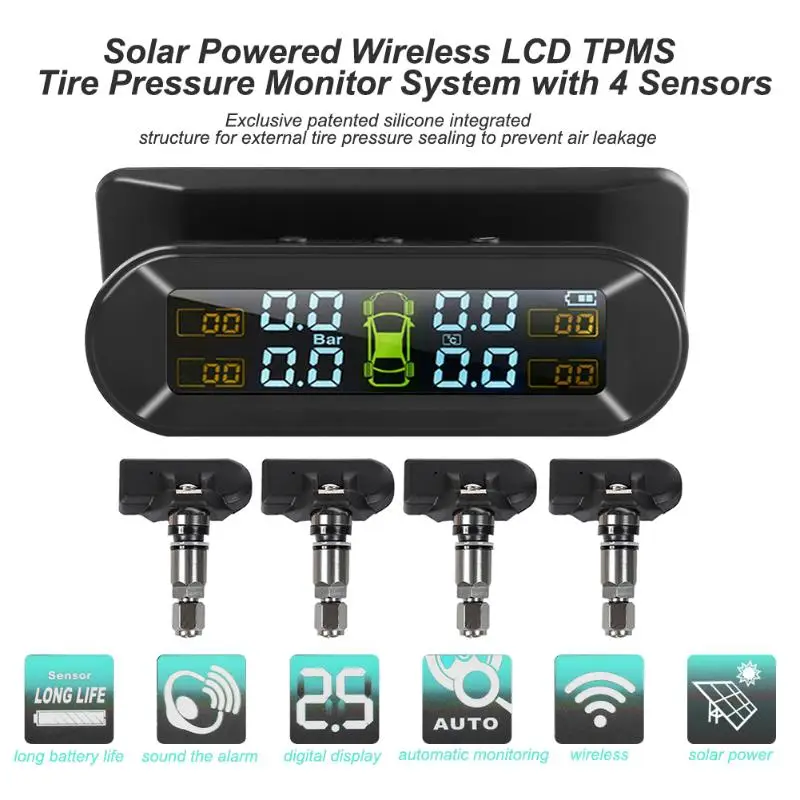 How much does it cost to fix a tire pressure sensor?
How much does it cost to fix a tire pressure sensor?
Rachel Rigolino · Answered on Feb 01, 2022
Reviewed by Shannon Martin, Licensed Insurance Agent.
Tire sensors are a valuable diagnostic tool—so valuable that all car models have been required to have them since 2007! Luckily, it typically costs between $80-$140 to fix a tire pressure sensor, depending on your car model.
If your car’s still under warranty, the cost of replacing a sensor may be covered. Check with your dealership if you believe this is the case for you.
Here’s how tire pressure sensors work:
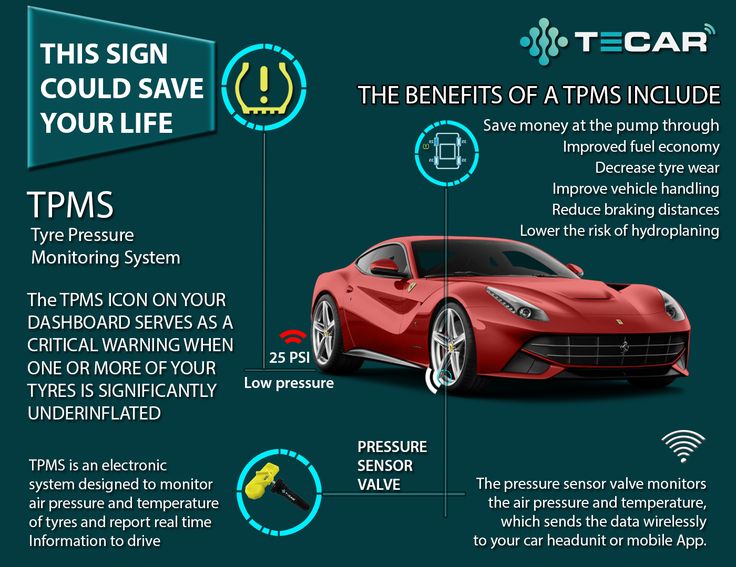
Want to free up some extra cash to make paying for car repairs easier? Just use Jerry to find a lower car insurance rate—without compromising on coverage.
If you have any questions during your insurance shopping process, Jerry’s friendly and knowledgeable agents are just a text or phone call away.
MORE: Low tire pressure in cold weather—and how to fix it
LexusCar DamageCar MaintenanceCar OwnershipWear and Tear
View full answer
WHY YOU CAN TRUST JERRY
Jerry partners with more than 50 insurance companies, but our content is independently researched, written, and fact-checked by our team of editors and agents. We aren’t paid for reviews or other content.
Browse More Content
Brake Rotors/Discs Replacement
Suspension Spring Coil Replacement
Car Has Bouncy and Unstable Ride Inspection
Clean Windshield Washer Tubes and Jets Inspection Cost Estimate
Car or Steering Wheel Shakes When Braking Inspection Cost Estimate
Acura Integra Ls Insurance Cost
Mazda 3 Sv Insurance Cost
Dodge Caravan Sport Insurance Cost
Ford Fusion Titanium/Platinum Hev Insurance Cost
Nissan Murano Platinum Insurance Cost
King City Car Insurance
Elizabeth Car Insurance
Belvidere Car Insurance
Brighton Car Insurance
Howes Cave Car Insurance
What would be considered a good APR rate for a car loan? I’m not sure what kinds of rates I should be looking for and which ones I should stay away from.
Liz Jenson
Feb 01, 2022
I am completely fine with driving during the day to get to work and/or run errands. However, I get very anxious when I drive at night. Why do I feel this way?
Tiffany Leung
Feb 01, 2022
I live in an old two-story house with my bedroom on the first floor and a bathroom directly above it. I woke up to water leaking from what I suspect is a burst pipe. I know I need to get this repaired as soon as possible, but I’m wondering is plumbing covered by home insurance?
Mercedes (Sadie) Lovemore
Feb 11, 2022
Browse All Questions
The typical 2012 Mitsubishi Galant gas tank size is 23 or 26 gallons, but a few configurations unlock an optional 36-gallon tank for serious driving.
Kara Vanderbeek
Nov 02, 2022
Check your property for the Japanese Honeysuckle and Multiflora Rose, two of the most invasive plants in Illinois. Here’s a full list.
Here’s a full list.
Kara Vanderbeek
Oct 18, 2022
Maintaining the right tire pressure ensures safe handling and helps improve fuel economy—and checking it at the gas station is easy. Find out how it works here.
Kara Vanderbeek
Oct 03, 2022
Texting and Driving
Car Warranties
driving laws
driving record
Gap Insurance
Homeowners insurance
New York
Personal Injury Protection (PIP)
damage claims
Liability insurance
Car Insurance Premiums
Trailers
American Family
Auto insurance
homeowner insurance
Reverse Beep
Home and Auto Insurance
Car Insurance Fraud
negligent driving
misdemeanor
Tennessee
moving
Night Driving
Recalls
Wawanesa
Car Value
Reckless Driving
Car Seats
No long forms
No spam or unwanted phone calls
Quotes from top insurance companies
Find insurance savings — it's 100% free
Toyota
Hyundai
Mercedes-Benz
Subaru
Chevrolet
Mitsubishi
In our article you will learn why it is important to regularly check the tire pressure, what is the TPMS sensor, which is part of the tire pressure monitoring system (TPMS - tire pressure monitoring system).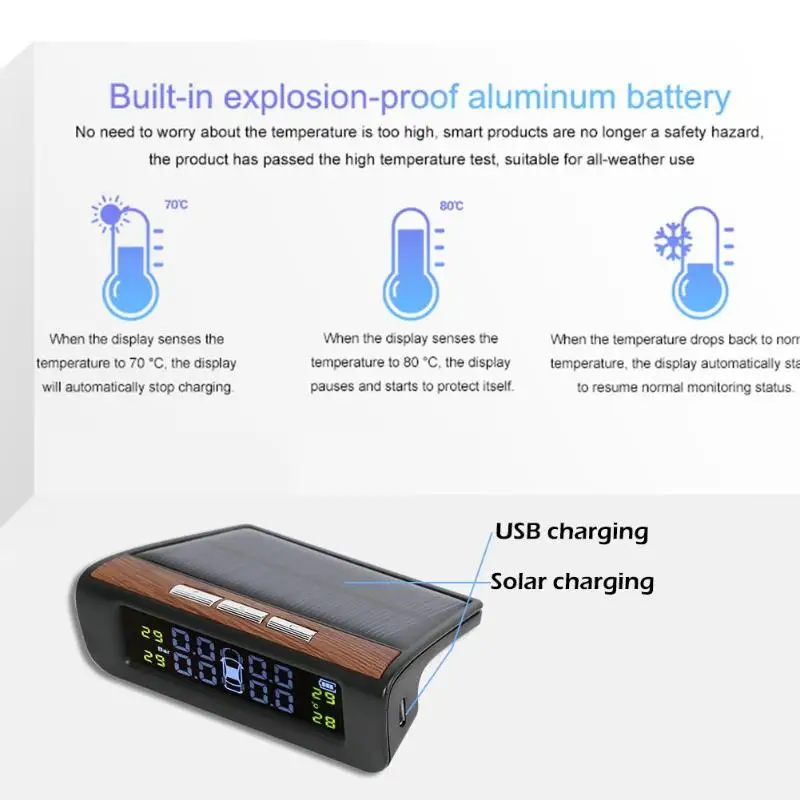
It is important to check tire pressure regularly. This should be done for three reasons:
With long distances, one-time runs and ignoring the regular need for tire pressure, alas, service station motorists often notice a problem only at the stage of a critical pressure loss, when serious damage is evident, and it’s too late to talk about maintenance service and restoration work. nine0003
It is a completely different matter if tire pressure monitoring is carried out regularly by means of tire pressure sensors. Many modern vehicles are equipped with not one, but several sensors, they form the TPMS system (tire pressure monitoring system) (TPMS - tire pressure monitoring system).
Pressure control systems are now mandatory in a number of countries. In particular, since November 1, 2014, all new passenger cars sold in the European Union have a TPMS system. In Russia, the presence of the TPMS system has become a mandatory requirement for the certification of new types of vehicles since 2016. From the same year, TPMS must be on all vehicles that are imported into Russia through the Customs Union. But vehicles that are previously certified or previously imported vehicles may be without TPMS. nine0003
In Russia, the presence of the TPMS system has become a mandatory requirement for the certification of new types of vehicles since 2016. From the same year, TPMS must be on all vehicles that are imported into Russia through the Customs Union. But vehicles that are previously certified or previously imported vehicles may be without TPMS. nine0003
What is TPMS in a car in practice? First of all, the integration of control sensors and the receiving module. But how the system works, what it is aimed at, differs from its type. This will be discussed a little lower, but for now let's dwell on the question of why measure pressure at all, what its incorrect parameters are fraught with.
The danger of incorrect pressure is the following risks:
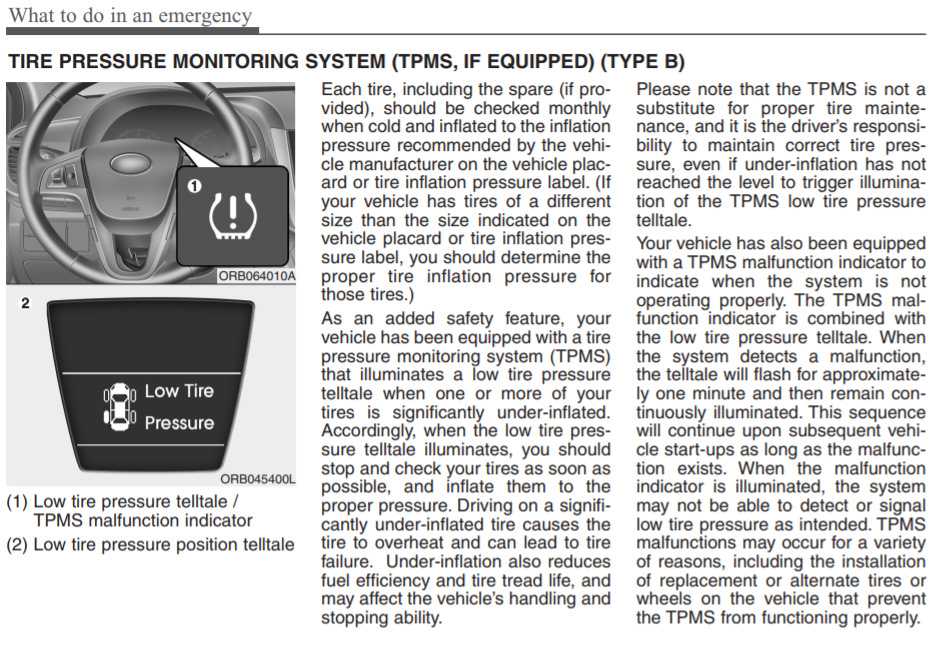
It is the air pressure in the tire that is one of the most significant factors affecting the slip resistance coefficient.
Braking and directional stability are especially negatively affected by the difference in pressure between the wheels on the same axle. nine0003
It is also important to remember that air pressure is an unstable phenomenon, within certain limits it can vary under different operating conditions of the vehicle. What does this actually mean? If there are problems with tire pressure (for example, they are unevenly inflated), then when driving in a straight line, the vehicle will be able to go without unpleasant surprises, but as soon as the road begins to wind, problems will begin. In this case, the “walking” nature of the tire will be able to fully manifest itself. It will not be easy to control the radius, the angle of rotation even at low speeds, and at high speeds with uneven tire pressure and an abundance of turns, you can completely lose control of the steering. It is this combination of factors that often leads to an accident. nine0003
It is this combination of factors that often leads to an accident. nine0003
The danger of operating a vehicle with the wrong tire pressure in winter, when frosts come, increases significantly. It has to do with the laws of physics. When cooled, many objects tend to shrink in volume. In gases, this property is one of the most pronounced. In order to be sure of the correct tire pressure in winter, in cold weather, the pressure must be checked not just regularly, but in relation to temperature changes: in theory, tire pressure measurements are valuable after the vehicle has been in frosty conditions for at least an hour. This pressure (in theory) should be real, and it is this pressure that must be compared with the manufacturer's recommendations and based on these data and (if necessary) corrected. But not everything is so simple: while driving, the tires heat up, which distorts the performance, so most recommendations take into account - even in the cold season, it is customary to take tire pressure not on the street, but in a garage, tire shop. But already at the moment of pumping, you need to think about what pressure difference it makes sense to compensate. And here a competent tire fitter will take into account and combine four factors: manufacturer's recommendations, instrument readings, room temperature, temperature typical for this time of year. nine0003
But already at the moment of pumping, you need to think about what pressure difference it makes sense to compensate. And here a competent tire fitter will take into account and combine four factors: manufacturer's recommendations, instrument readings, room temperature, temperature typical for this time of year. nine0003
In practice, it “pulls up” problems with itself, both with pressure below and above the norm. A change in the angle of inclination, deterioration in stability, an increase in fuel consumption, as a rule, is associated with a decrease in pressure.
But the pressure is above the norm - this is a direct way to the fact that vibrations will be transmitted to the passenger compartment, the quality of adhesion to the roadway may deteriorate (especially dangerous on slippery roads), and the braking distance may increase.
The tire will wear out unevenly if the pressure is incorrect. This problem is relevant when the pressure is exceeded and when the pressure is underestimated.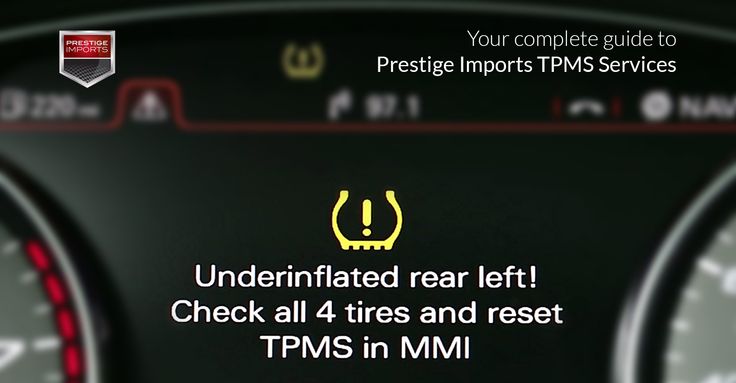 In the first case, the central part will be the most vulnerable, in the second - the shoulder parts. nine0003
In the first case, the central part will be the most vulnerable, in the second - the shoulder parts. nine0003
Tire pressure sensors are used to measure tire pressure. Tire pressure monitoring is in the zone of the simplest solutions, but more and more often you have to deal with multifunctional sensors. In addition to tire pressure, they control a change in temperature (above, when driving a car in frosty conditions was considered, it was already noted why this is most important), wheel acceleration.
Sensors can be divided into several types. In this case, the classification is carried out according to different criteria: nine0003

External sensors are mounted, fixed on the wheel nipples. The most advanced external sensors are equipped with a central unit with a liquid crystal display. They allow you to see both the alarm and the exact digital pressure values in all wheels. But most often, when talking about external sensors, they mean structurally simple and affordable caps with color indicators. Installation of such sensors does not require complex skills. Motorists can carry it out without contacting a car service. It is also easy to use such sensors (the criticality of the situation is determined by the color of the indicator), but, alas, the pressure can only be checked while the vehicle is parked. Another negative point associated with cap sensors is that they are easy to remove and steal. nine0003
Far from the most reliable option for external sensors - and because of their poor wear resistance. Due to their location outside, they are forced to experience serious aerobic, centrifugal loads.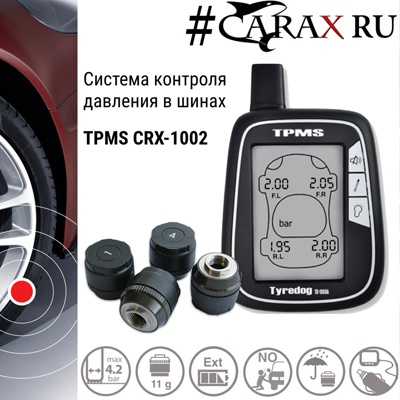 The consequence is a breakdown of the sensor when a stone hits.
The consequence is a breakdown of the sensor when a stone hits.
Internal sensors are attached directly to the disk (inside). Work on the installation of such sensors is carried out in a car repair shop. A motorist who does not have the knowledge and skills of an auto mechanic, a tire fitter, cannot cope with such work on his own. The main difficulty is that before installing the sensor, it is necessary to remove the tires from the rims. nine0003
Mechanical meters are structurally as simple as possible. In fact, these are manometers in the form of caps. They indicate the pressure in the wheels in a certain color. For example:
Unfortunately, in order to perform a pressure test, the car must be stopped.
The readings of such devices are the most accurate. Sensors are installed inside tubeless tires or outside the wheel on the spool. The devices are equipped with small batteries. Communication with the central control unit is carried out via a radio frequency channel. nine0003
The devices are equipped with small batteries. Communication with the central control unit is carried out via a radio frequency channel. nine0003
The control and indication module is placed in the vehicle interior. Inconsistency of readings is signaled by light or sound. Control can also be carried out using a smartphone. To do this, you need to install special software. The main advantage of electric sensors is the constant provision of information to the driver.
But it is important to understand: during the operation of electronic sensors, batteries should be changed in a timely manner. Untimely replacement of batteries is fraught with distortion, and then a complete loss of control over tire pressure. nine0003
When driving at high speeds, false alarms are possible due to heating of the tires. After such cases, it will be necessary to reset the instrument readings.
The simplest in terms of design is the system of indirect (indirect) pressure measurement.
In fact, it is a software extension of the ABS control unit (based on the operation of the ABS wheel speed sensors). nine0003
The principle is based on measuring the speed of rotation of the wheels, or rather, each wheel.
Yes, it is the wheel speed that is measured, not the pressure! And already on the basis of its electronic unit determines the pressure.
System advantages:
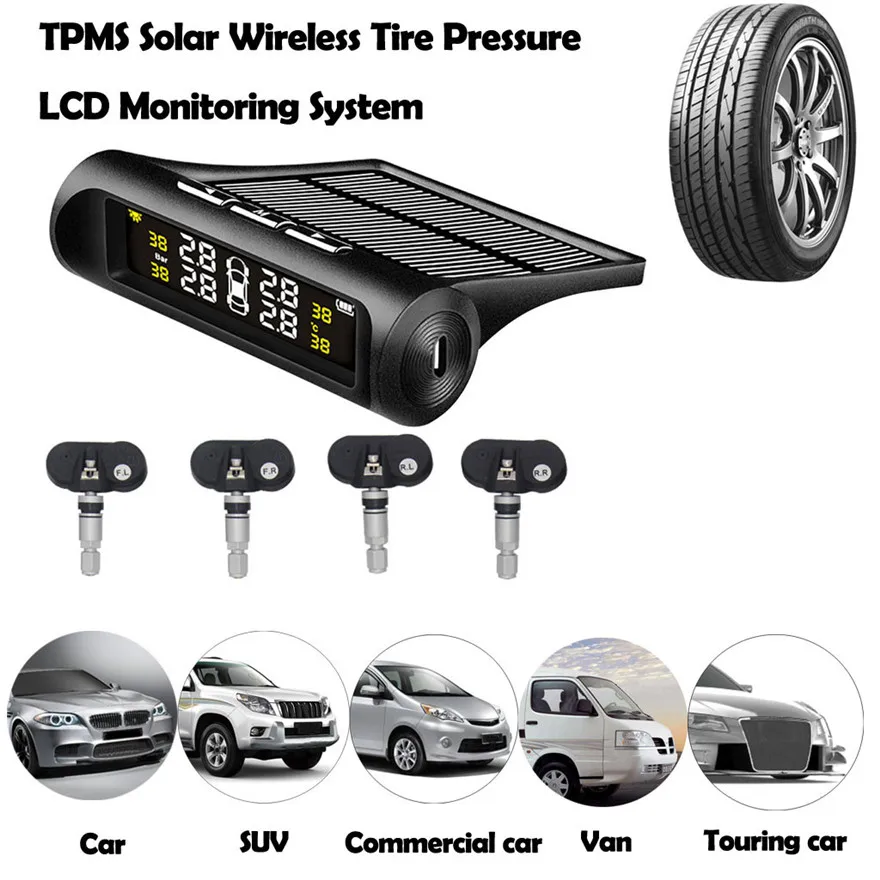 nine0008
nine0008 The problem is trying to be solved by a programmed delay in the notification of a flat tire. If the rotation speed returns to normal, the tire pressure change notification is canceled by the system. From a safety point of view, especially when driving on uneven terrain, this is a very dubious decision.
The pressure sensors are directly sent to the central control module in the vehicle.
When the pressure drops below the set value, the indicator is activated. nine0003
Combined sensors are mounted, as a rule, on the valves of all wheels (inside or outside) "online" information about all four wheels at the same time, sometimes also the temperature, which may be redundant.
Disadvantages of direct measurement:
 More precisely, the only possibility for such manipulation remains a new entry of data into the computer memory,
More precisely, the only possibility for such manipulation remains a new entry of data into the computer memory, The activation procedure for TPMS sensors prompts them to start transmitting data on tire pressure, as well as other parameters that a particular system measures - temperature, sensor battery status.
Sensors can be activated in different ways:
1. Through the dashboard.
2. By rapidly inflating or deflating the tire (20 kPa for 10 seconds). nine0003
3. By bringing the magnet to the sensor nipple. The triggering occurs when the magnet is brought close to the sensitive area of the sensor. In action is the Lorentz force, which depends on the moduli of particle velocity and magnetic field induction.
For some vehicles, there is a special procedure for linking the sensor to the vehicle using a special tool to activate the tire pressure sensors.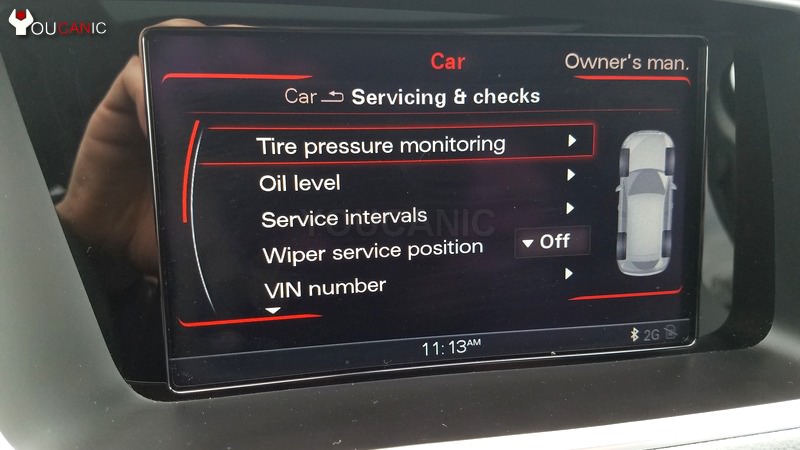 Sometimes, instead of the device, you can use the procedure for linking by changing tire pressure. nine0003
Sometimes, instead of the device, you can use the procedure for linking by changing tire pressure. nine0003
The binding of a new sensor is carried out through a special mode or manually.
When linking the system in Ford cars, for example, this is done like this.
As you can see, there are a lot of features related to the system. An experienced tire fitter should understand:
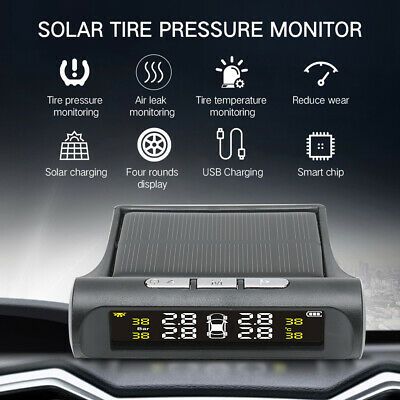
SENSYS SENSYS Engineering has extensive experience in this area.
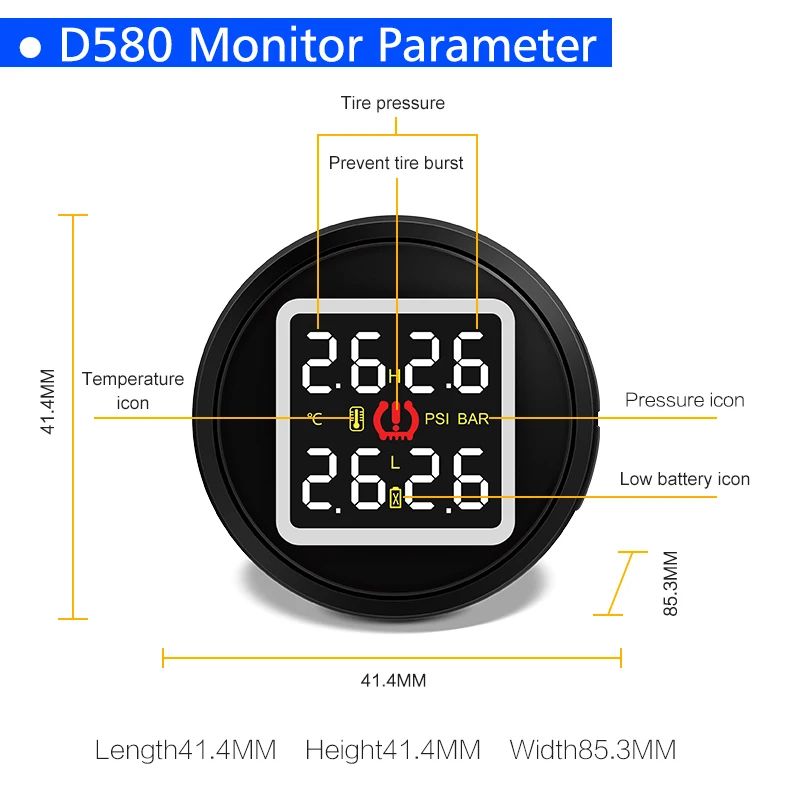 Truck tractor with semi-trailer
Truck tractor with semi-trailer IMPORTANT: The Smart Repeater supports hot-swap trailers. The driver does not need to perform any additional settings and manipulations to connect a new trailer. Learn more about the repeater.
Note:
Road safety depends on the condition of the tires. Pressure deviations from the norm in any direction are equally dangerous. They lead to loss of control over a heavy truck, increased fuel consumption, premature tire wear, "unsure" traction, etc. With the help of monitoring systems from INCAR TPMS, it is easy to see deviations from the norm even while the vehicle is moving.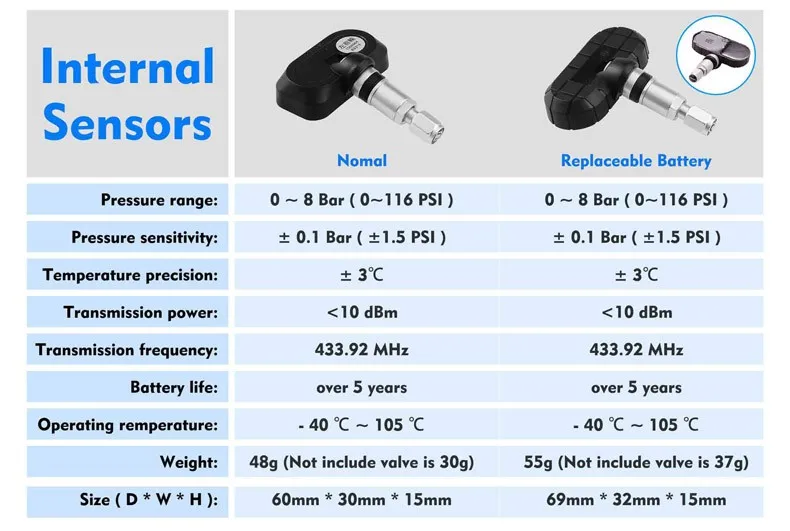 nine0003
nine0003
The mechanism of operation and advantages of tire pressure monitoring systems for road trains
The electronic system consists of:
Sensors are mounted directly on the semi-trailer wheelbase. They are light in weight, so there is no need to balance the wheels after mounting the equipment. Through the radio transmitting devices with which the sensors are equipped, information is transmitted to the control unit located in the cab of the road train. After that, the system compares the data received from the devices located on the wheelbase of the trailers with the parameters specified in the settings. The result is shown on the display. The parameters are set manually. As soon as the ignition is turned off, the system stops reading data. This helps to conserve the charge of the batteries (accumulator or batteries). nine0003
By installing the equipment on private or commercial vehicles, you will:

There are 3 types of devices:
In the first case, the trailer equipment is a complex device that simultaneously measures the temperature. It is equipped with a battery and a transmitting antenna. High-precision direct measurement devices. They show in which of the wheels there are deviations from the norm. The system responds quickly to sudden changes in readings.
Devices for indirect measurement or rotational speed determine how far the wheel has traveled in one revolution. If the tire is flat, then the distance decreases. An abnormal warning appears on the instrument panel. Such a system is not characterized by high measurement accuracy. The error reaches 30%. nine0003
The color indicator is used instead of the valve cap. When the pressure changes, it changes its color. It will not work to monitor the condition of the tires while driving.